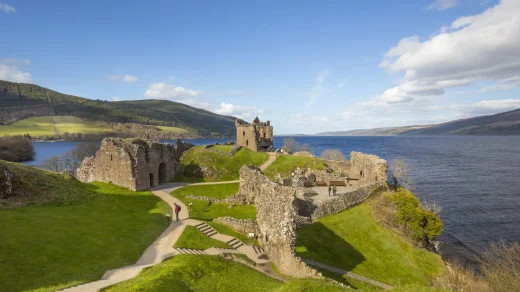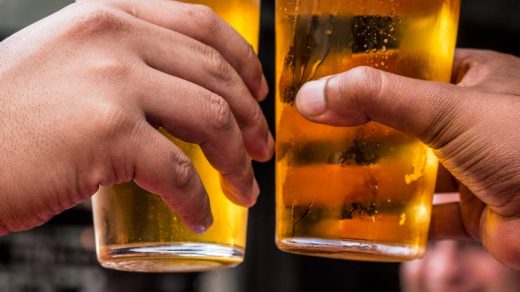During the turbulent era of Civil Wars and the English occupation of Scotland, significant building in Scotland was largely confined to military architecture, with polygonal fortresses with triangular bastions at Ayr, Inverness and Leith in the style of the trace italienne.[57] After the Restoration in 1660, large scale building began again, often incorporating more comprehensive ideas of reviving classicism.[57] Sir William Bruce (1630–1710), considered “the effective founder of classical architecture in Scotland”, was the key figure in introducing the Palladian style into Scotland, following the principles of the Venetian architect Andrea Palladio (1508–80). Palladio’s ideas were strongly based on the symmetry, perspective and values of the formal classical temple architecture of the Ancient Greeks and Romans, and associated in England with the designs of Inigo Jones. Bruce popularised a style of country house amongst the nobility that encouraging the move towards a more continental, leisure-oriented architecture.[58] He built and remodelled country houses, including Thirlestane Castle and Prestonfield House.[59] Among his most significant work was his own Palladian mansion at Kinross, built on the Loch Leven estate which he had purchased in 1675.[59] As the Surveyor and Overseer of the Royal Works he undertook the rebuilding of the Royal Palace of Holyroodhouse in the 1670s, which gave the palace its present appearance.[58] After the death of Charles II, Bruce lost political favour, and later, following the Glorious Revolution, he was imprisoned more than once as a suspected Jacobite.[60] These houses were predominantly built using well-cut ashlar masonry on the façades, while rubble stonework was used only for internal walls.

James Smith worked as a mason on the Bruce’s rebuilding of Holyrood Palace. In 1683 he was appointed to be Surveyor and Overseer of the Royal Works, and was responsible for maintenance of Holyrood Palace, and refurbished the former Holyrood Abbey as a chapel royal for King James VII. With his father-in-law, the master mason Robert Mylne, Smith worked on Caroline Park in Edinburgh (1685), and Drumlanrig Castle (1680s). Smith’s country houses followed the pattern established by William Bruce, with hipped roofs and pedimented fronts, in a plain but handsome Palladian style.[58] His Canongate Kirk (1688–90) is a basilica-plan, with a baroque facade. In 1691 Smith designed the mausoleum of Sir George Mackenzie of Rosehaugh, in Greyfriars Kirkyard, a circular structure modelled on the Tempietto di San Pietro, designed by Donato Bramante (1444–1514).[62] Hamilton Palace (1695) was fronted by giant Corinthian columns, and a pedimented entrance, although was otherwise restrained. Dalkeith Palace (1702–10) was modelled after William of Orange‘s palace at Het Loo in the Netherlands.[62]




Yes it was a historic area in Scotland. We were there a while back . Thanks Anita
awe thanks a lot, yeah its beautiful x